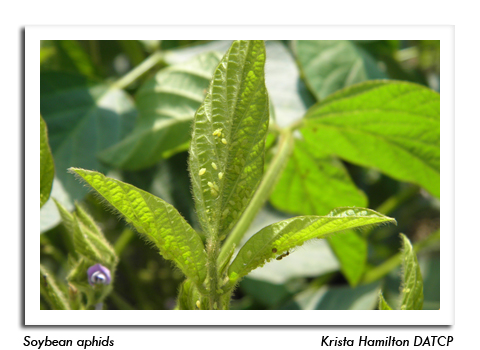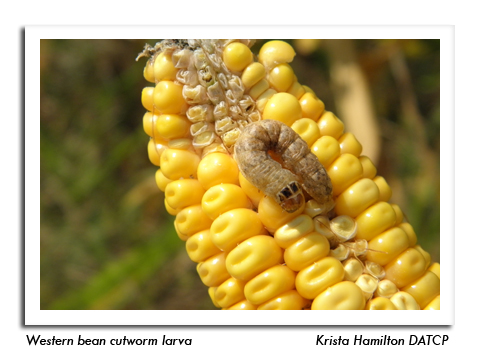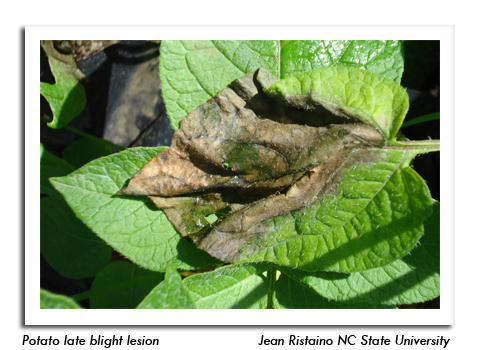
 |
|
|
Looking Ahead
Volume 57 Number 17 Date 08/09/2012 SOYBEAN APHID - The first economic infestation of the year was found on August 2 in St. Croix County. Surveys show that populations have increased to moderate levels in a few fields and treatment may be required for these sites in the week ahead. All soybean acreage should be examined in the immediate future to evaluate aphid densities. Final treatments must be applied before the R5.5 growth stage. WESTERN BEAN CUTWORM - Moth flight has effectively ended in the southern and central counties. Results of the statewide trapping program are being organized for publication in the August 16 issue of the Wisconsin Pest Bulletin. As of August 8, the state cumulative count is 3,269 moths in 129 traps, which compares to 4,895 moths in 175 traps last year. The highest individual count for the eight-week monitoring period was 812 moths near Wautoma in Waushara County. Pheromone traps may be removed at this time. CORN ROOTWORM - Preliminary results of the beetle survey now under way show population reductions in the south-central and central areas and minor increases in the southeast and northern areas. The average count is 0.9 per plant in the south-central district, 0.9 per plant in the southeast district, 0.5 per plant in the central district, 0.3 in the north-central district and 0.5 in the northwest district. An average of 0.75 or more beetles per plant signals the potential for severe root feeding damage to non-Bt, continuous corn next season. TWO-SPOTTED SPIDER MITE - Reports indicate that this pest remains a problem in orchards, gardens and nurseries, while surveys have found evidence of mites in soybeans and corn in nearly all areas of the state. The outbreaks appear to have lessened with the recent rainfall but infestations could persist for another 1-2 weeks. Continued surveillance of soybeans is suggested until plants reach the R5-R5.5 or full pod growth stage. LATE BLIGHT - Potato fields infected with late blight have now been confirmed in Adams, Barron, Oneida and Portage counties. According to UW-Extension Plant Pathologist Amanda Gevens, the infections are thought to have originated from aerially dispersed spores and a large portion of Wisconsin is currently at risk for the disease. The UW recommends fungicide treatment of all potato fields, including those that have received or are scheduled to soon receive vine kill treatments. Potatoes should not be harvested for 2-3 weeks after vine kill. --Krista Hamilton, DATCP Entomologist 




|
|
|